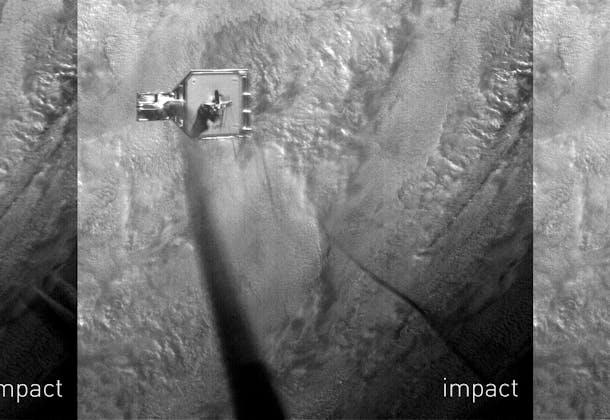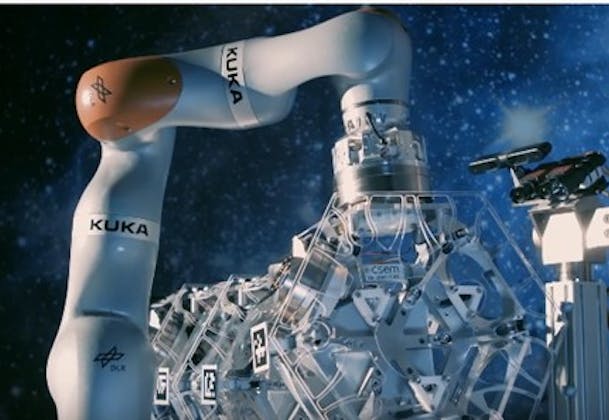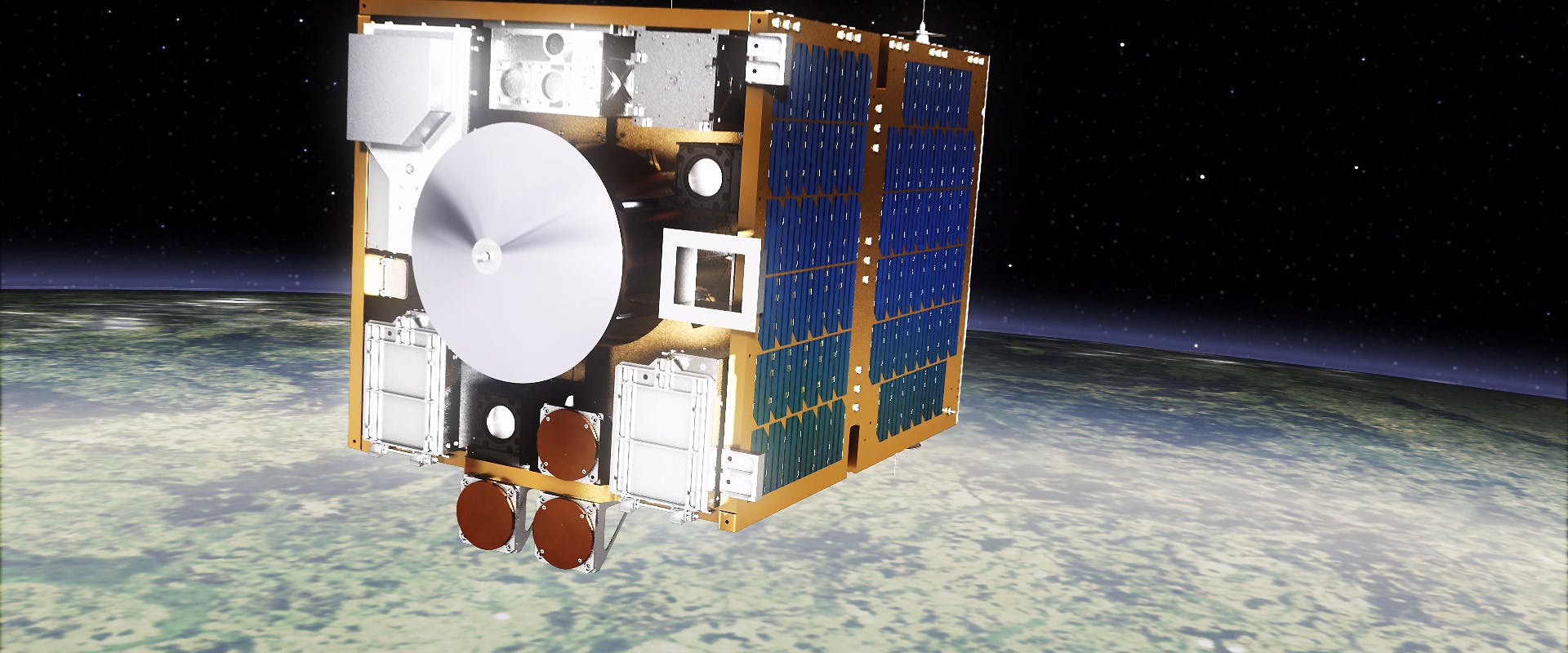Download press release
Download picture
Related Press

15 February 2019
Harpoon successfully captures space debris
The RemoveDEBRIS satellite, one of the world’s first attempts to address the build-up of dangerous space debris, has successfully used its on-board harpoon-capture system in orbit....

14 January 2022
Autonomous robots will one day assemble telescopes directly in space
Engineers working under the EU-funded project PULSAR, have unveiled a fully autonomous robotic demonstrator, which could construct in orbit the primary mirror of a telescope from separate parts....

14 September 2021
LISA gravitational wave space observatory
CSEM is testing a special laser developed by NASA for the Laser Interferometer Space Antenna (LISA) mission....
